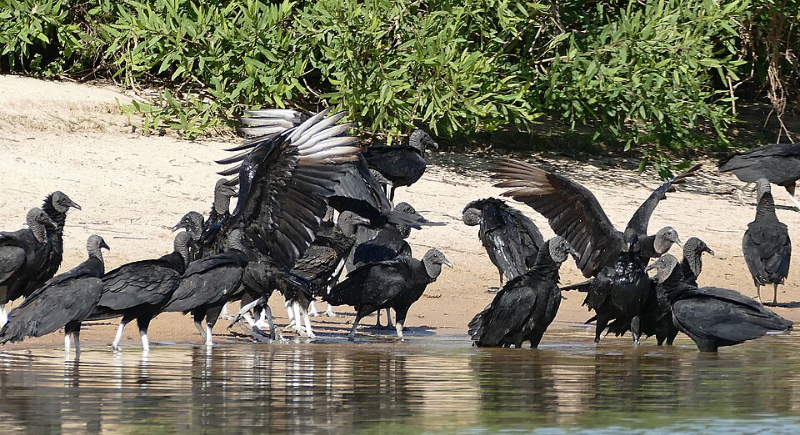The Bizarre Connection Between a Cow Painkiller and the Disappearance of India’s Vultures
On a hill in Mumbai surrounded by banyan trees lies the Doongerwadi grounds. It is home to the city’s ancient Towers of Silence. For centuries, members of India’s small Parsi community brought their dead here for one final act of faith. In keeping with Zoroastrian belief, the body, considered impure after death, was placed atop circular stone towers and offered to vultures.
The birds are seen as agents of purification, and within an hour, they would leave behind only clean bones. This, according to them, would allow the soul to move on without contaminating the earth, fire, or water. It was a practical, but also symbolic and deeply spiritual system as old as their faith itself.
But then something changed. The vultures stopped coming. Families began to notice that the birds that once filled Mumbai’s skies had vanished. Corpses now remained untouched for days, and panic spread through the community. Rituals that had endured for 3,000 years collapsed under the weight of an invisible crisis. The answer turned out to be something almost absurd in its simplicity: a painkiller given to cows.
When Medicine Turned Deadly

Image via Wikimedia Commons/Bernard DUPON
In the early 1990s, Indian farmers began using diclofenac, a cheap non-steroidal anti-inflammatory drug that relieved pain in cattle. It was efficient, affordable, and widely praised. But few realized that when a treated animal died, traces of the drug remained in its body. For vultures, those traces were lethal.
Within a decade, India’s vulture population collapsed by more than ninety-five percent from an estimated 50 million. Species like the white-rumped and long-billed vultures were once common to see but are now pushed to the brink of extinction.
The loss went far beyond symbolism. These birds were nature’s waste management crew, cleaning carcasses before they could rot. Without them, dead livestock lingered in the open, providing food for feral dogs and rats.
As their numbers exploded, so did the spread of rabies and waterborne diseases. Researchers estimate that between 2000 and 2005, India saw around 100,000 additional human deaths each year and economic losses nearing 69 billion dollars annually, all tied to the absence of vultures.
Faith, Health, and Fallout
Among the Parsis, the disappearance of vultures meant more than public health concerns; it struck at the heart of their belief system. Their sacred towers could no longer fulfill their purpose. Some attempted to find alternatives, installing solar concentrators to dry bodies under intense heat. Others reluctantly turned to electric cremation. You can imagine that sparked internal debates about faith and adaptation.
Across India, ecologists and policymakers faced the same reckoning. In 2006, diclofenac was banned for veterinary use, and captive breeding programs were launched to save the surviving birds. Yet progress has been slow. Illegal use of the drug continues, and vultures reproduce infrequently.
Scientists now describe the crisis as one of the clearest examples of how environmental health, animal welfare, and human safety are intertwined. It remains a lesson in how every species, even the least glamorous, carries more weight in the balance of life than we often realize.